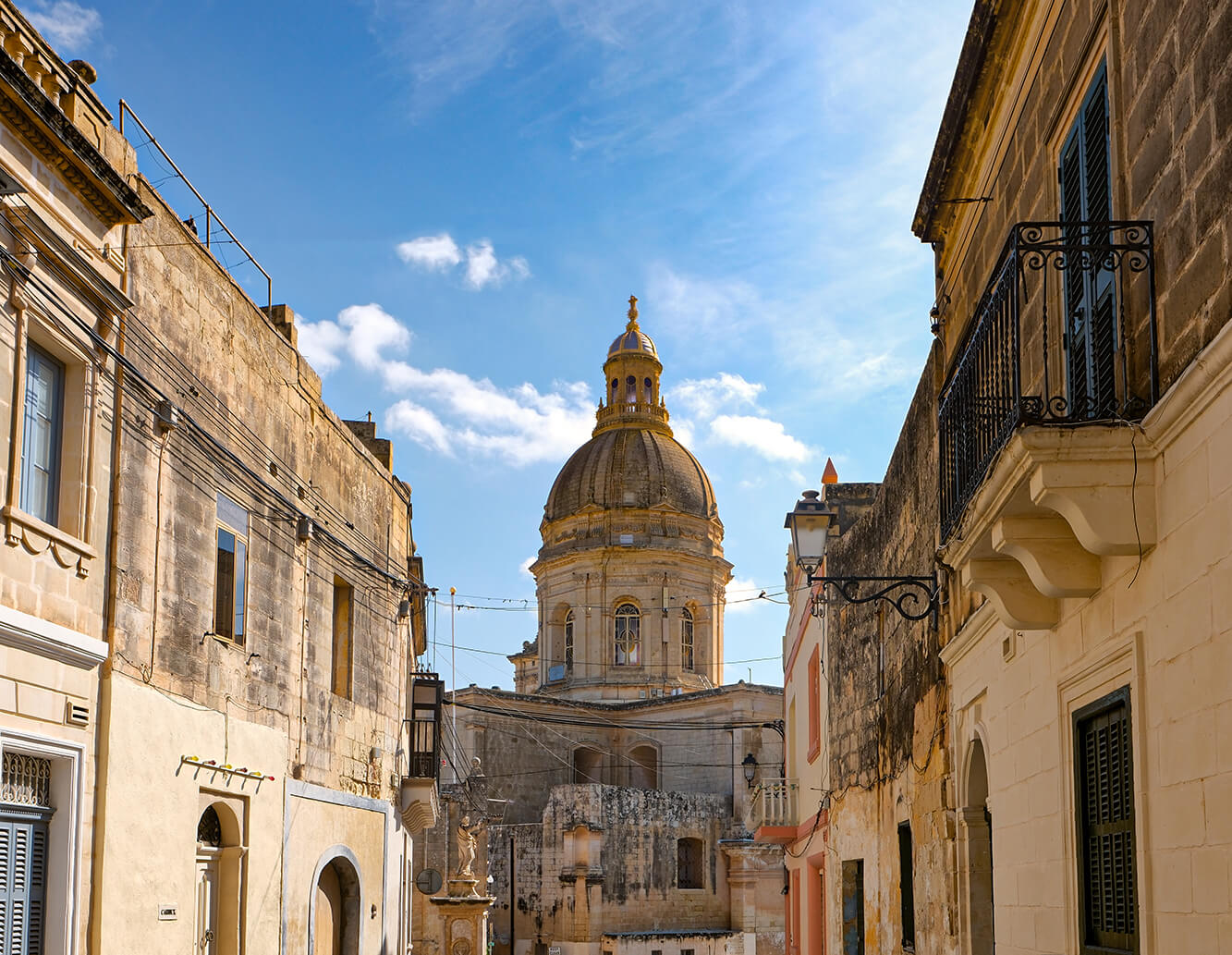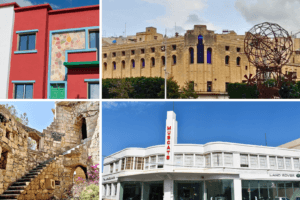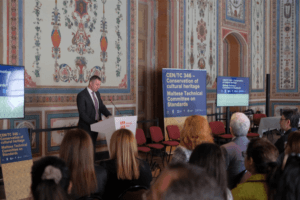
SUSTAINABLE CITIES: The Integral Role of Heritage Building Preservation
- Categories Blog Post
- Date October 6, 2023
As we observe European Sustainable Development Week, the Superintendence of Cultural Heritage takes this opportunity to shed light on one of the United Nations’ Sustainable Development Goals (SDGs): Goal 11 – Sustainable Cities and Communities.
Preservation of Heritage Buildings: A Sustainable Choice
The conservation of heritage buildings is an often overlooked element that could be crucial to increased sustainable urban development, offering multiple advantages for the immediate and distant future of the nation:
- Carbon Footprint Mitigation: A notable benefit of heritage building preservation lies in its substantial reduction of the carbon footprint. The demolition of historic structures and subsequent construction typically consume greater resources and energy compared to the restoration of these venerable features of our local cultural heritage. By opting for preservation, we significantly diminish emissions linked to construction and waste [1].
- Nurturing Local Identity: Heritage buildings function as emissaries of our history, culture, and collective identity. They are living repositories of narratives from the past, providing a sense of continuity amidst an evolving world. Sustaining these landmarks ensures that future generations remain tethered to their roots and appreciate the significance of their heritage [2].
- Promotion of Walkability: Sustainable cities aspire to reduce vehicular dependence and promote pedestrian-friendliness alongside public transport. The well-preserved historic cores of cities often form the structural basis of walkable environments. This not only curtails air pollution but also encourages physical activity and fosters a sense of community [3].
- Economic Stimulus: Heritage preservation can catalyse economic prosperity. The repurposing of heritage structures for contemporary functions such as boutique hotels, cultural centres, or artisanal boutiques can yield economic benefits by generating revenue, job creation, and neighbourhood revitalisation [4].
- Cultural Tourism Enrichment: Cultural heritage tourism is a pivotal driver of local economies. Tourists are magnetically drawn to cities and communities with a rich cultural heritage, thereby supporting the livelihoods of local residents [5].
The Path Forward
As we commemorate European Sustainable Development Week, it is imperative to perceive heritage building preservation as not merely an exercise in nostalgia but as a forward-thinking and pragmatic sustainability practice. It epitomizes our steadfast commitment to nurturing sustainable cities and communities wherein history, culture, and environmental stewardship coalesce seamlessly.
The Superintendence of Cultural Heritage remains resolute in its mission to safeguard our cultural heritage while concurrently advancing the cause of sustainable development toward a future where the past is not forsaken, but cherished as a cornerstone of our sustainable cities and communities.
References:
-
- UN Environment Programme. (2020). Building and Construction: Significant Opportunities for Climate Action. Retrieved from https://www.unep.org/resources/report/building-and-construction-significant-opportunities-climate-action
- National Park Service. (2008). Preservation Brief 24: Heating, Ventilating, and Cooling Historic Buildings – Problems and Recommended Approaches. Retrieved from https://www.nps.gov/tps/how-to-preserve/briefs/24-hvac/index.html
- World Health Organization. (2016). Urban Green Spaces and Health: A Review of Evidence. Retrieved from https://www.euro.who.int/__data/assets/pdf_file/0005/321971/Urban-green-spaces-and-health-review-evidence.pdf
- National Trust for Historic Preservation. (n.d.). The Sustainability of Historic Preservation. Retrieved from https://savingplaces.org/stories/the-sustainability-of-historic-preservation
- UNESCO. (2019). Cultural Heritage Counts for Europe. Retrieved from https://www.culturalheritagecountsforeurope.eu/
Corinne Caruana is an Executive Officer working in the Officer of the Superintendent. Her multifaceted role mainly revolves around marketing and otureach endevaours, through which all digital marketing output is produced.



